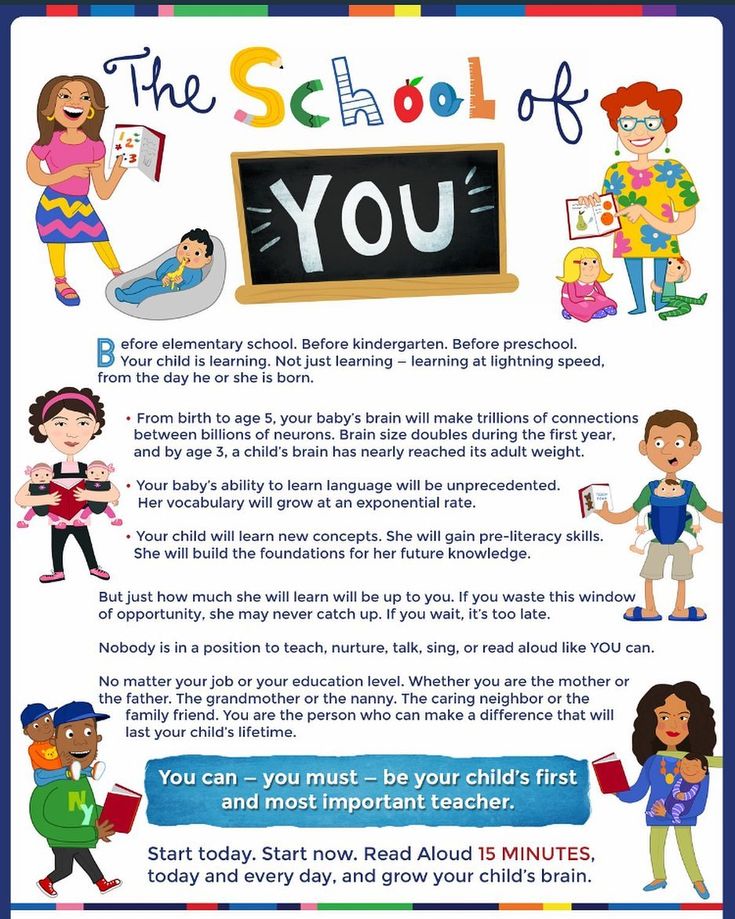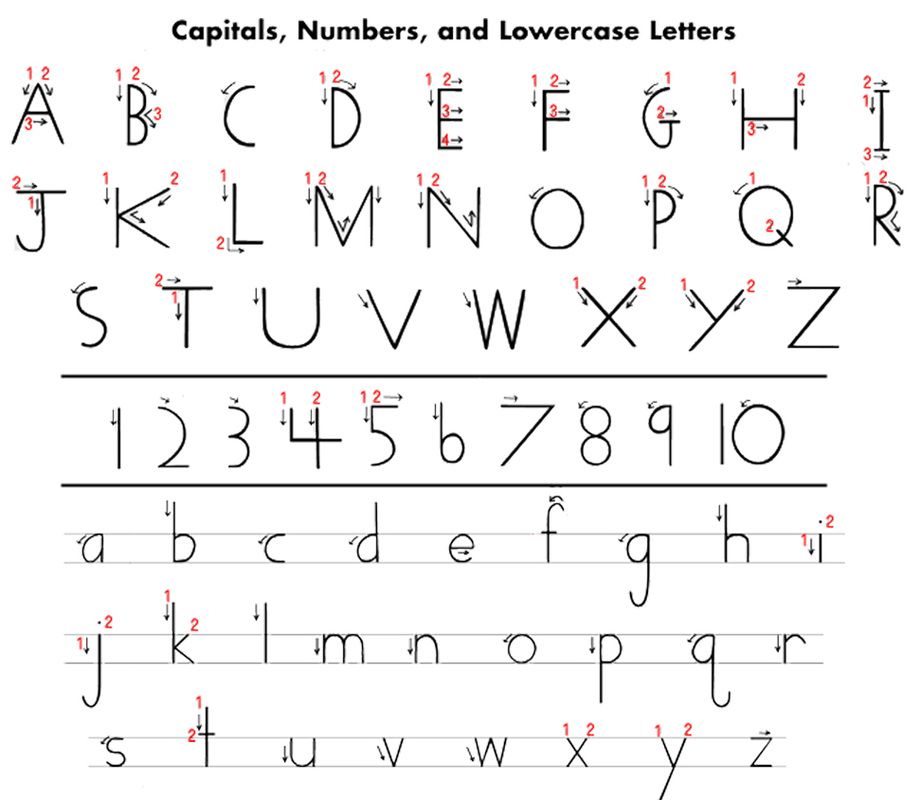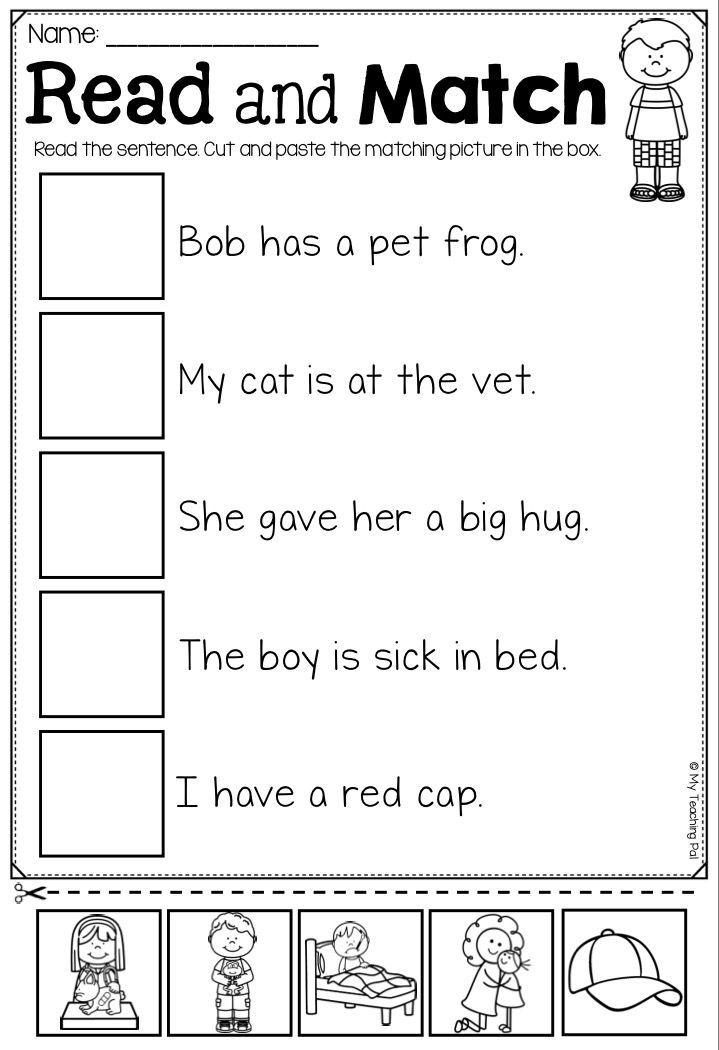Educational game ideas
Top 10 Classroom Games - Blog
Academic studies naturally coincide with rote teaching styles and textbook work. However, it is important to make learning exciting for students with interactive activities. Incorporating fun classroom games into your lesson plan offers a simple way to motivate your students, and encourage them to draw on their creativity and imagination.
These top 10 classroom games provide fun ways to engage your students in academic learning, without them even realizing it!
1. Charades
This simple but classic game is a great way to encourage your student to get out of their seats and participate in the lesson.
Resources: a list of people, actions, or concepts related to the subject you are teaching.
Game: Select a student to stand at the front of the room and act out a word from your list (no speaking allowed). The rest of the class must then guess what the student is attempting to portray. Other students can shout out their guesses or put their hands up – depending on your teaching preference! Whoever guesses correctly can act out the next word.
Alternative: A more challenging version involves the student describing a subject-specific word but restricted by a list of forbidden words, e.g. describing ‘habitat’ without using the words ‘home’ or ‘animals’.
2. Hangman
A traditional but interactive game that improves students’ spelling and subject knowledge, but is also enjoyable.
Resources: whiteboard and pen or interactive whiteboard, plus a list of subject-specific words to inspire your students.
Game: Divide your class into two teams then select a student to stand at the front of the class and think of a word related to the lesson (or you could give them a suitable word). The student must then draw spaces on the whiteboard to represent each letter in their word. The rest of the class then guesses the word, one letter at a time (allow one student from each team to guess alternately). Incorrect guesses result in a hangman being drawn (one line at a time). The first team to guess the word wins, unless the hangman is completed.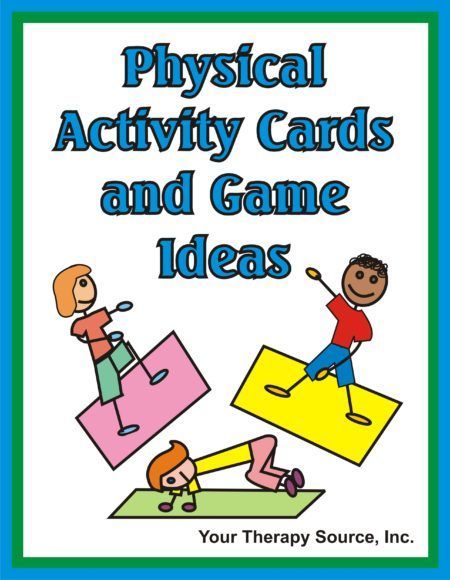 The game then repeats with another student thinking of a relevant word.
The game then repeats with another student thinking of a relevant word.
Alternative: If you feel a hangman would not be appropriate then use a different image – either subject-specific or think creatively e.g. a spaceman or snowman.
3. Scatter-gories
This fun game will encourage your students to think ‘outside-the-box’ and draw on a range of subject knowledge.
Resources: pieces of paper, pens/pencils and a list of subject-specific categories e.g. Earth and Space (topic): rocks, landforms, weather, and solar system (categories).
Game: Split students into small groups and ask them to note down the categories on their pieces of paper. Choose a letter (A-Z) at random and give students 1-2 minutes (depending on how many categories) to think of a word for each category, beginning with that letter. Once the time is up, allocate points for unique answers, i.e. if two teams write down the same word for a category then neither get any points. Repeat the game with different letters.
Repeat the game with different letters.
Example: Letter M – Topic: Earth and Space
Rocks: Metamorphic
Landforms: Mountain
Weather: Mist
Solar System: Mars
Alternative: If your class only has a small number of students then they could fill in the categories individually, rather than working in teams.
4. Bingo
A quick and simple game that never fails to motivate students in their learning.
Resources: whiteboards and pen or paper and pen/pencils, plus a list of subject-specific terms or concepts e.g. numbers, phonics, key vocabulary, scientific formulae, or historical figures.
Game: Ask students to draw a 6 x 6 grid on their whiteboards or pieces of paper then select 6 words or images from the given list to draw/write in their grid. You must then randomly select a word from the list to describe, and students must guess the word in order to cross it off on their grid (if present). Continue describing different words until one student successfully completes their grid and shouts ‘bingo!’ (you can also award a prize to the first student who gets 3 in a row).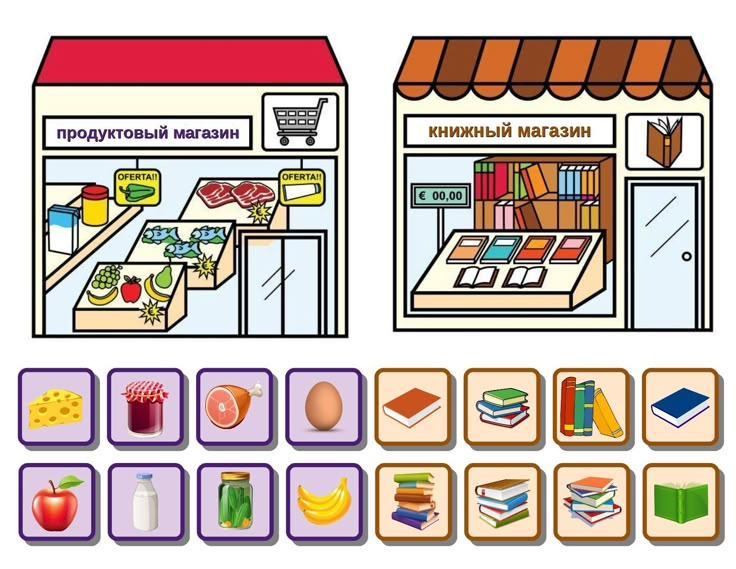
Alternative: Students can insert their own subject-related answers into the bingo grid, but this makes it more challenging for you due to extensive word choice and ambiguity. Also, if you have more time, then you could create your own bingo boards with specific vocabulary or concepts you are covering in that lesson (reusable).
5. Puzzles
This creative group game encourages students to work together and visualize academic concepts in an abstract way.
Resources: images, words, calculations, or concepts printed or stuck on card/paper and cut into random shapes (puzzle pieces) e.g. maths calculations, chemical equations, subject vocabulary, historical figures, etc.
Game: Separate your class into groups (or simply use table groupings) then hand out a puzzle for each group to piece together.
Alternative: Students can create their own puzzles on the computer or draw onto cards/paper for their peers to complete.
6.
 Draw swords
Draw swordsThis quick-fire game tests students’ fine motor skills and promotes quick thinking, as well as generating some healthy competition.
Resources: Dictionary or textbook, plus a list of key vocabulary.
Game: Split your class into small groups and choose a student from each group to start. The nominated student then places the dictionary or textbook under their arm. You then say a word or image which the students must then race to find in their book (like drawing a sword from under their arm!). The first student to find the word/image is the winner. The game continues with different words/images until every student has had a turn.
Alternative: If you have enough textbooks or dictionaries for every student then the whole class can compete against each other.
7. Hot potato
This fun classroom game encourages students to think on their feet and draw on a range of subject knowledge.
Resources: a soft toy, object, or item for each group to pass round e.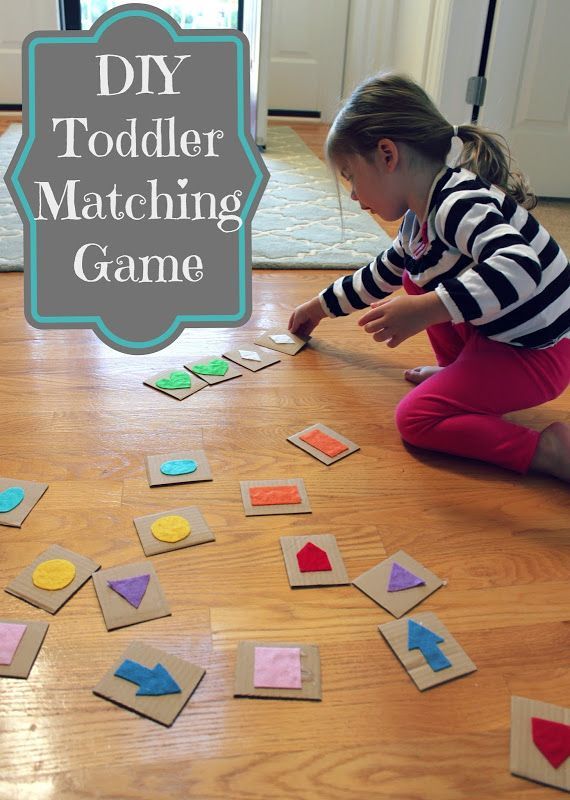 g. bear or ball, plus a list of subject-specific themes e.g. numbers – prime, composite, rational, fractions, decimals, etc.
g. bear or ball, plus a list of subject-specific themes e.g. numbers – prime, composite, rational, fractions, decimals, etc.
Game: Divide your class into small groups and hand out an object/soft toy to each group. The person with the object in each group will start. You name a title or theme, e.g. prime numbers, and it is then a race against time for the student to give 5 correct responses, e.g. 2, 3, 5, 7, 11, before the item/soft toy has been passed around everyone in their small group and returned to them.
Alternative: With small classes, you could play in one large group, however, shy students may find this intimidating because of the pressure to give correct answers.
8. Pictionary
An old classic but also a great way for students to visualize their understanding in a fun team game.
Resources: whiteboards and pens or pieces of paper and pencils/pens, plus a list of subject-specific concepts.
Game: Students work in small groups.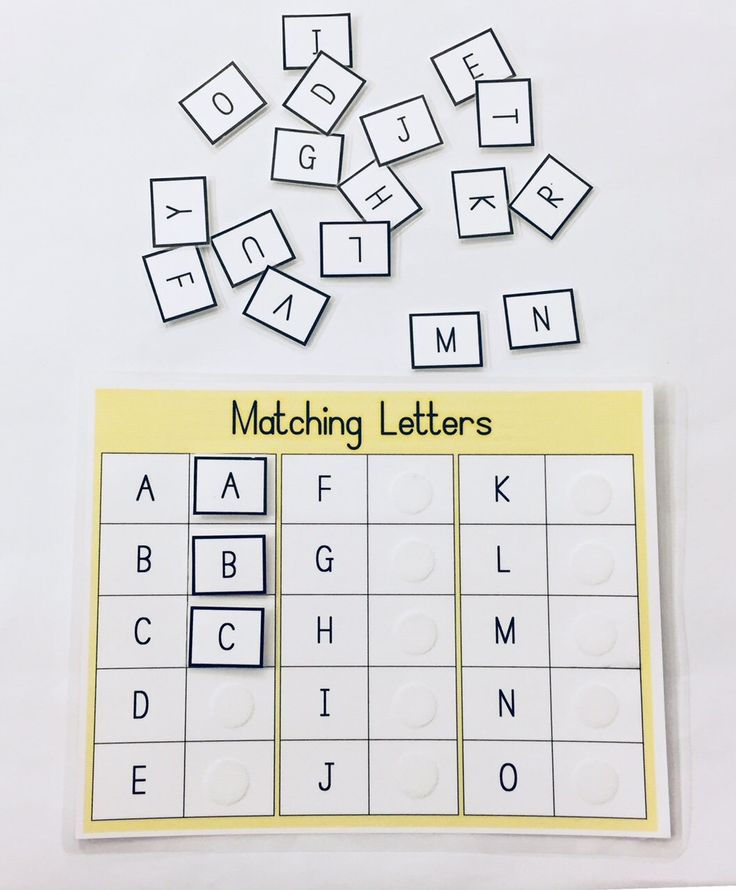 One student from each group is chosen to start and they must draw the subject-related concept you state, within a given time (30 seconds – 2 minutes). The rest of the group must then guess what he/she is drawing. The first group to correctly guess the word wins. The game repeats until every student has had a turn/there are no more words on your list.
One student from each group is chosen to start and they must draw the subject-related concept you state, within a given time (30 seconds – 2 minutes). The rest of the group must then guess what he/she is drawing. The first group to correctly guess the word wins. The game repeats until every student has had a turn/there are no more words on your list.
Alternative: Students could model concepts using playdough for their peers to guess.
9. Quizalize
This fun and engaging quiz game allows you to test your students’ knowledge, in any subject, using a motivating classroom team activity.
Resources: interactive whiteboard, devices for your students or an IT suite and a Quizalize quiz (create your own or choose from thousands of quizzes created by teachers from around the world).
Game: Once you’ve created or found a quiz on Quizalize, simply assign it to your students and they can access it from any device – no apps to install! Students visit zzi.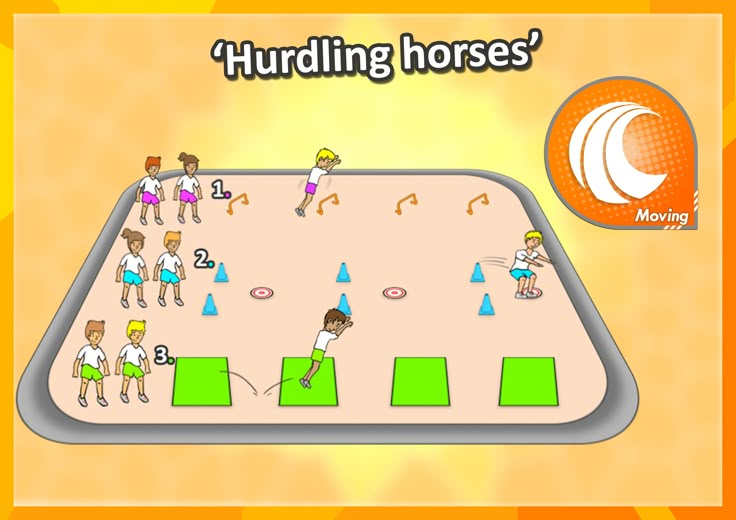 sh, enter their class code (shown on the ‘Launch Game View’ screen) followed by their name, and then they can play the quiz. Students’ results appear in real-time, so they can track their scores while they play
sh, enter their class code (shown on the ‘Launch Game View’ screen) followed by their name, and then they can play the quiz. Students’ results appear in real-time, so they can track their scores while they play
Alternative: You can also set Quizalize quizzes as interactive homework.
TRY QUIZALIZE FOR FREE
10. Thumbs Up, Thumbs Down
Although this game isn’t academic, it is an excellent behavior management tool that endorses hard work amongst students.
Resources: n/a
Game: 3 – 4 students are chosen to stand at the front of the room. The rest of the class then put their heads on the table and hold their thumbs in the air. The 3 – 4 students at the front then carefully tip-toe around the classroom and gently pinch one thumb each, from the students with their heads down. The 3-4 students return to the front of the room, once they have pinched a thumb, and the class raises their heads. The students whose thumbs were pinched then stand and have to guess who pinched them.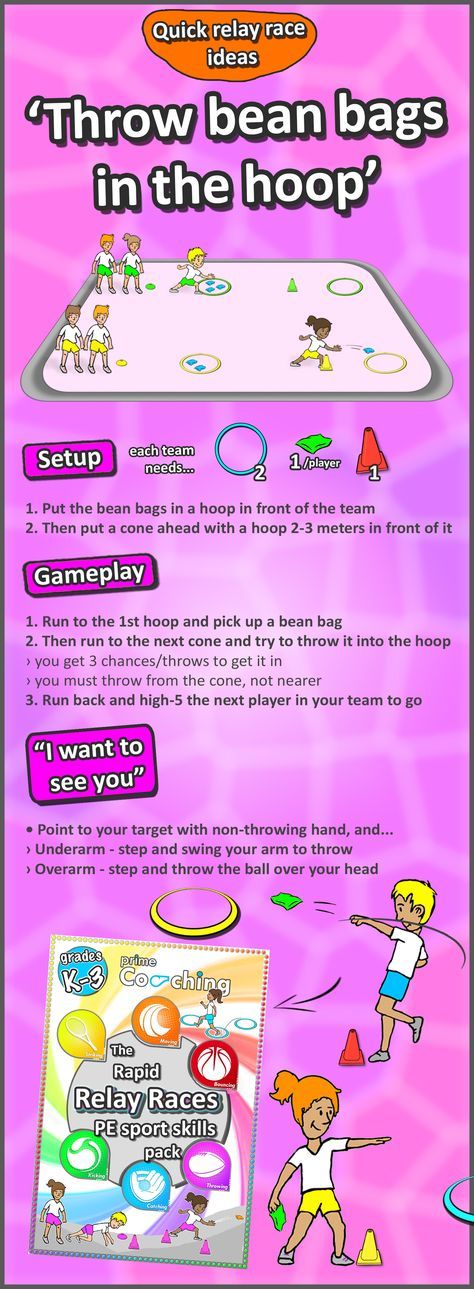 If they guess correctly then they swap with the student at the front, and the game continues.
If they guess correctly then they swap with the student at the front, and the game continues.
Alternative: To make this academic you could ask subject-related questions to select the students for each round.
Try out these exciting classroom games with your students and encourage them to apply their knowledge in new ways. These simple but effective group games are a great addition to any lesson plan.
What classroom games do you like to play? What do you and your students enjoy most about playing classroom games? Comment below – we’d love to hear from you.
Tags:#classroomactivities#classroomgames#fungame#groupgame#indoorgames#lessonplan#smallgroups
23 Popular Educational Games For Teens
Mixing education and fun is an exciting way to keep a hold of your teen’s interest.
Research-backed
MomJunction believes in providing reliable, research-backed information to you. As per our strong editorial policy requirements, we base our health articles on references (citations) taken from authority sites, international journals, and research studies.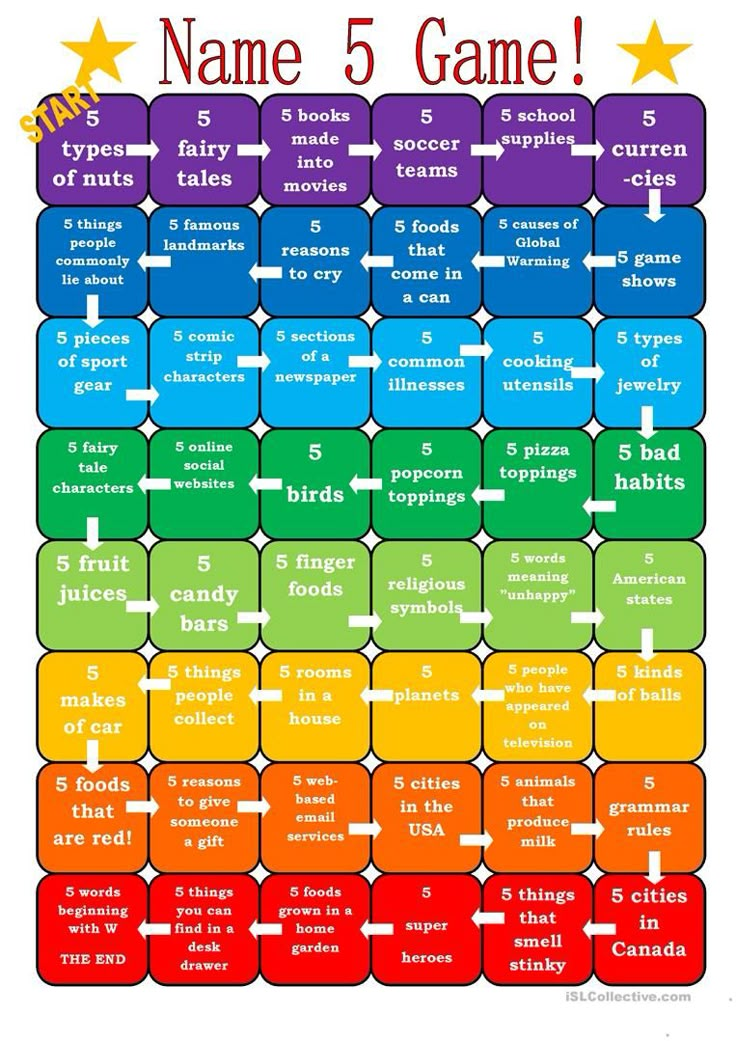 However, if you find any incongruencies, feel free to write to us.
However, if you find any incongruencies, feel free to write to us.
Image: iStock
Making learning enjoyable is an effective teaching method. Teachers in middle and high schools frequently engage their pupils in educational games for teens. Parents can do so, too, if their teen enjoys the game.
Here is a collection of fun educational games and activities for teens and preteens to have a fun learning experience.
What Are Educational Games?
Educational games for teens are based on a variety of subjects like science, math, English, arts, music, and history.
These games engage children and at the same time develop their social, cognitive, and logical skills. The primary objective of these games and activities is to help children learn about different subjects practically.
Teens can also benefit by using learning games to reinforce specific concepts and understand historical events and situations.
17 Best Educational Games For Teens
Image: iStock
These games may be used in school or classroom to make the lessons interesting, and also at home when the teens gather to play or do a group study.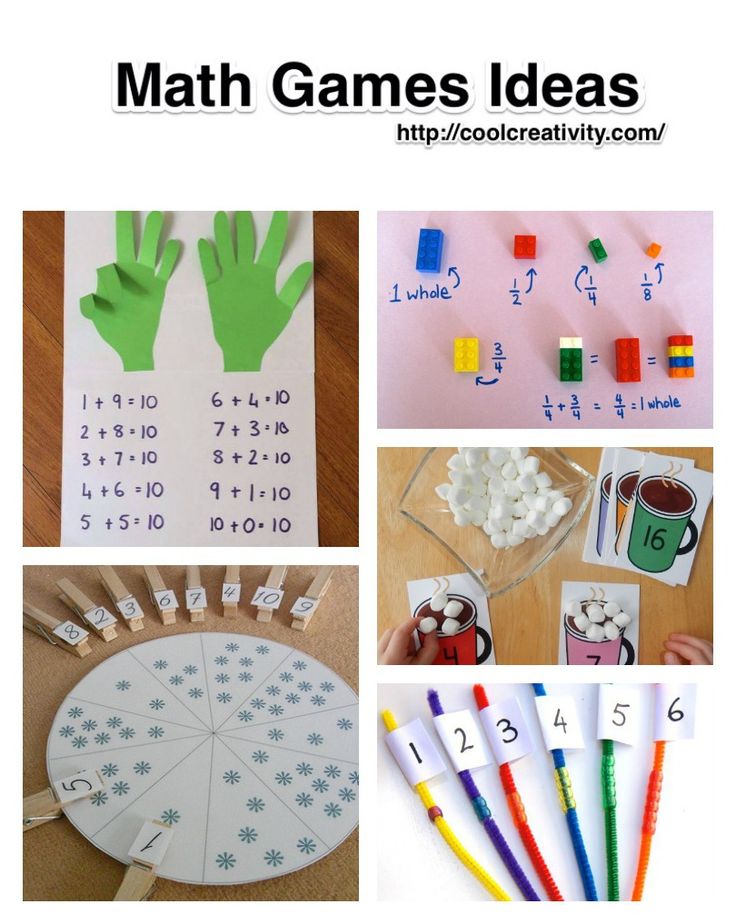
1. Name That Tune
Teenagers usually love music. In fact, a study has revealed that kids enjoy listening to music even when they do their school work. They listen to around 10,500 hours of music between seventh and 12th grades, according to Robert A. Cutietta, author of Raising Musical Kids: A Guide For Parents. If your teen is into music, here is an easy educational game that he will love.
Number of participants:
Minimum – 2, Maximum – No Limit
You Will Need:
- A music player
- A collection of songs or an online library of songs.
- Paper and pen for keeping score.
Setup:
- One person can be the moderator while the others will be participants. If you have more than five players, you can form groups and make it a competition.
- You will need at least a couple of hours to compile enough music for the game. Ensure you include pop music and other genres as well.

- The moderator should know the name of the artiste and the title of each song.
How to play:
- Moderator randomly picks a song from the collection and plays it for around 10 to 15 seconds.
- Teams or individual participants will be given 30 seconds to come up with the artiste’s name and the title of the song.
- If the first team fails, the question passes to the next team. If no team gets it, you can make it a free-for-all question and encourage kids to guess.
- If no one gets the answer right, the moderator reveals the answer.
- You can play as many rounds as you want.
You can create variations of the game by asking participants to identify the genre of music, the instrument that is played and the chord (if the group has knowledge of music).
Related: 25 Fun Activities For Teens To Keep Them Engaged
2. Pictionary
A classic draw-and-guess game, Pictionary lets teenagers explore their drawing and sketching skills.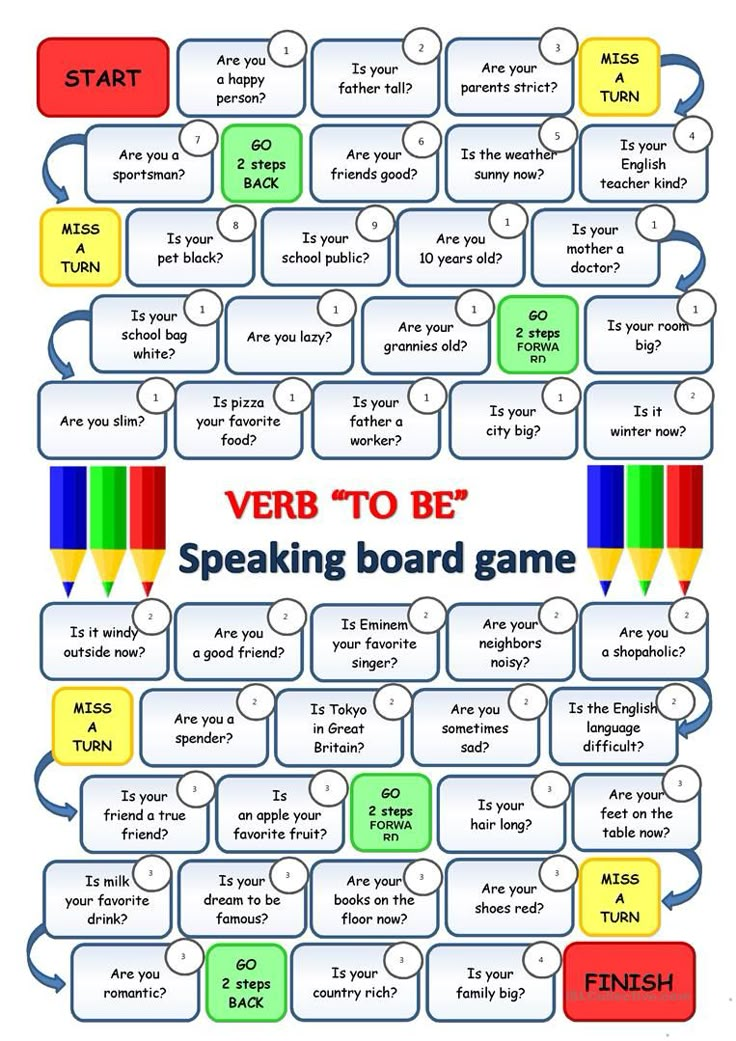 The game also gives you an understanding of how imaginative they are.
The game also gives you an understanding of how imaginative they are.
Number of participants:
Minimum – 4, Maximum – 10
You Will Need:
- Board
- Marker or chalk
Setup:
- Divide the participants into teams of two. The game is interesting if there are not more than three teams. More teams can make it a drag. If you more than ten players, create bigger teams.
- If you have an odd number, one person can be the scorekeeper and also the dedicated timekeeper.
- Prepare strips of paper with the name of an object or event or scene that participants can draw. Think of ideas appropriate for teens like a guitar, college applications, ballet, animals, food items and more.
- You can also include scenarios or events to make the game a little difficult and interesting.
How to play:
- One member of the team has to pick a chit, but not reveal what is written on it to the others.
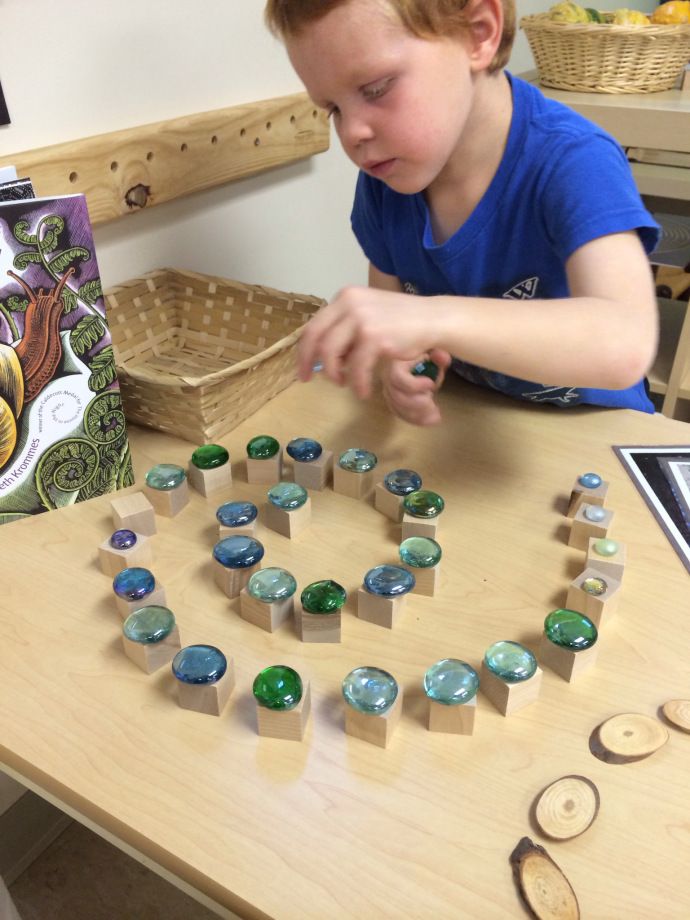
- He has to use the board and the marker or chalk to draw the object or event for the other team members to guess.
- Players can draw anything that will lead the team members to the right answers – the idea is to encourage imagination and creativity to communicate the right message without talking about it
- If a team is unable to guess the word, the other team gets the chance to score.
- If no one gets the answer right, the moderator reveals it.
- Players can also share their ideas of better and simpler ways to share the message by drawing.
Pictionary is an excellent game that helps develop creative thinking skills and abilities.
3. Making Sentences
Making sentences is a simple yet effective game that develops your teen’s language skills. The game can last between 30 minutes and an hour.
Number of participants:
Minimum – 2, Maximum – 10
You will need:
- Sheets of paper
Pens
Setup:
This game requires a lot of preparation.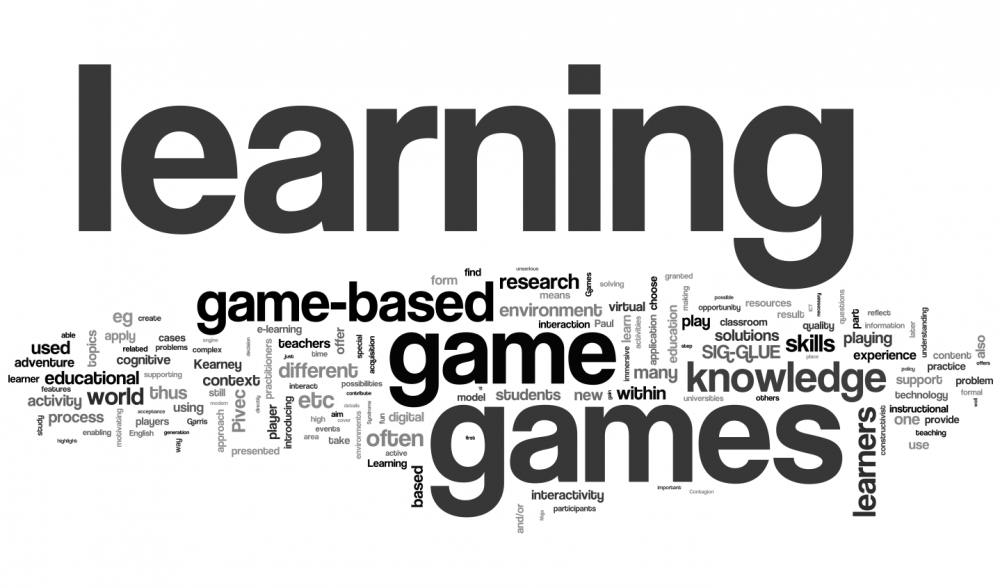
- Look up sentences with words that you want your children to learn.
- Jumble the sentences and start writing down the unique words randomly on the sheet of paper.
- Ensure that the words are spelled correctly and are written clearly so that all the participants understand. Make copies so that each participant gets one.
- Include articles, prepositions, conjunctions and other words that your teen would need to form sentences.
- Make an exhaustive list of sentences that can be created with the words on the paper.
How to play:
- Give your participants a pen, two sheets of blank paper and the sheet with the words.
- Players have to form as many sentences as they can in 30 minutes.
- In the end, the player with the highest number of meaningful and grammatically correct sentences scores the highest.
- You can also form teams of two if you have more people.
Making Sentences is a great game that lets teenagers experiment with language.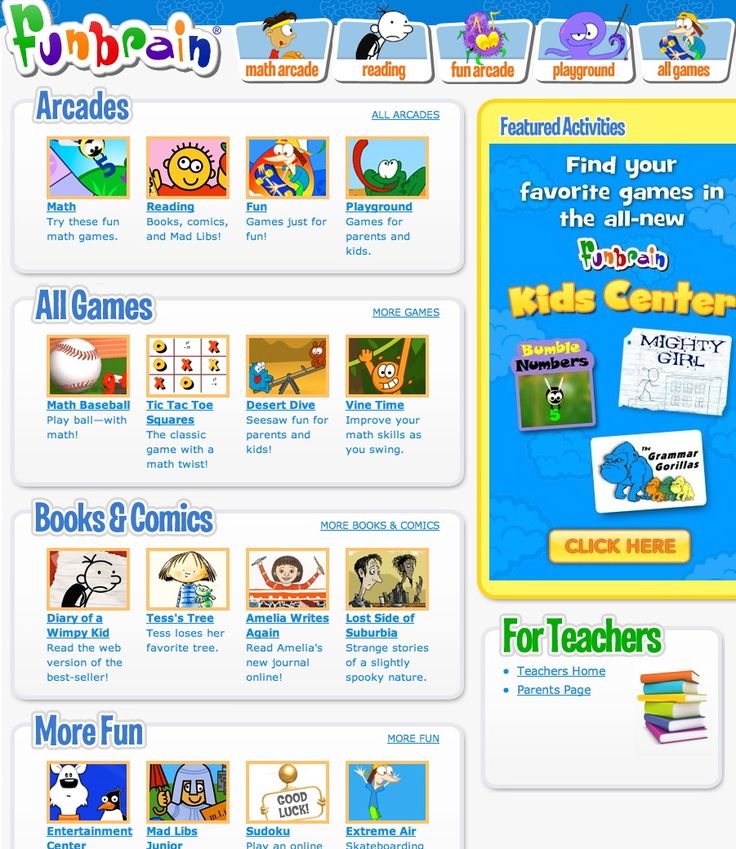 It makes them think about the different ways a word can be used in a sentence and builds their writing skills.
It makes them think about the different ways a word can be used in a sentence and builds their writing skills.
4. Charades Or Mime Games
Mime games, commonly known as Dumb Charades, can be a lot of fun. Charades are suitable for kids aged eight to 14. It is similar to Pictionary, except that players try to communicate a word or phrase instead of drawing on a board.
Number of participants:
Minimum – 4 Maximum – 10
You will need:
Paper and pen for keeping the score.
Setup:
The teacher or parent can create a list of subject-related words or phrases that your teenager is familiar with. Put the words or phrases on small chits of paper.
How to play:
- Divide the group of kids into different teams of at least two each.
- One person from a group picks a chit but does not read it out loud.
- The player has to enact the word or phrase, and the other member(s) of the team have to guess the word or the phrase.
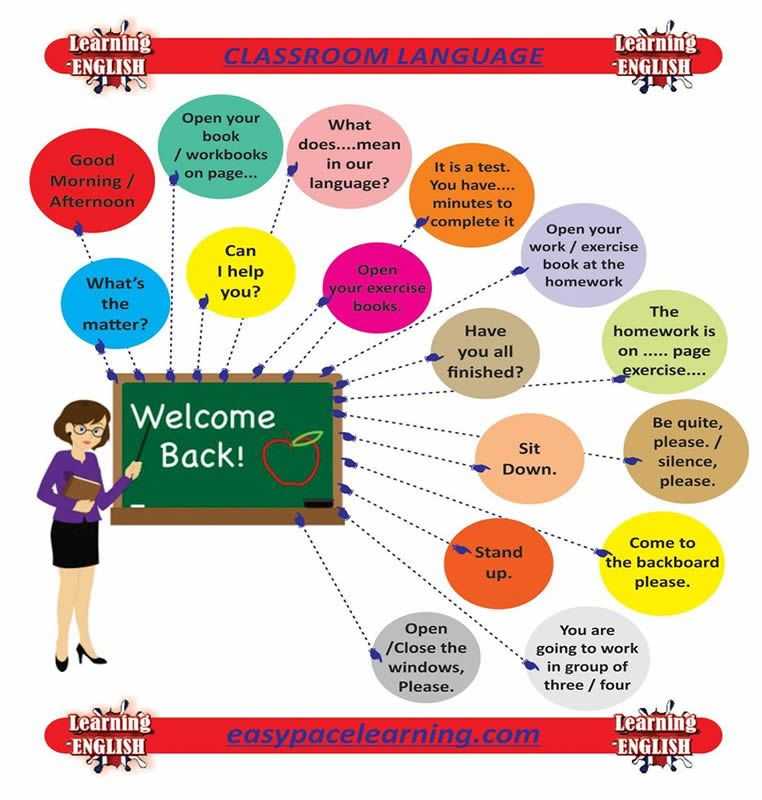
- The team scores a point if they guess it right.
Shy teenagers may not be willing to participate in this game. Let them be a part of the game, but don’t force them to face the audience unless they are willing to.
Related: 15 Engrossing Drama And Improv Games For Teens
5. Monopoly Board Game
Monopoly is one of the most popular fun learning games for teens. The game is about creating wealth and the hindrances that one may face when they try to make money.
Number of participants:
Minimum – 2, Maximum – 6
You will need:
1 Monopoly board game
Setup:
- Read the instructions of the game and make sure you understand everything, should your teenager have any questions about it later.
- Each player gets $1500, divided into different denominations of 500, 100, 50, 20, 10, 5 and 1. The amount and the denominations can vary in different versions of the game.
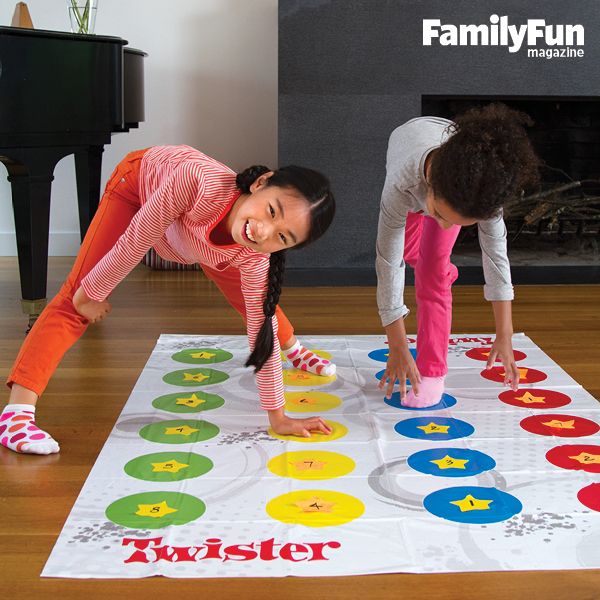
- The property deeds (cards) and the remaining money are with the bank.
How to play:
- One player has to be the banker and manage the trades that the players want to make. The banker has control of the deeds, the houses and hotels that players can build on their sites.
- The player who gets the highest number on a throw of dice gets to begin the game.
- The number on the set of dice is the number of moves the player has to make on the board.
- If the player lands in a city or area, he or she can buy it from the bank.
- If the roll of dice lands a player in another player’s property, rent is collected by the owner.
- Players can build houses or hotels on the property to collect higher rent from others.
- The game can go on and on for hours or until all players, except one, run out of money
Monopoly introduces your teen to the world of property trading and amassing wealth while overcoming obstructions in the form of taxes, penalties and even jail time.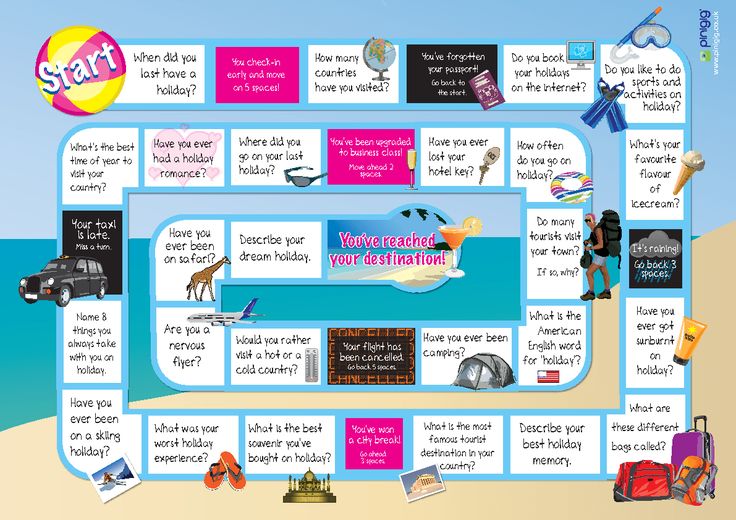
6. Bird Identification Game
This is a simple, yet an appealing game that encourages teens to learn about the environment and the different species of birds that inhabit it.
Number of participants:
Minimum – 2, Maximum – 6
You will need:
- Flashcards with pictures of birds
- List of three clues you can give the participants to guess the name of the bird
- Paper and pen for keeping score.
Setup:
- Collect pictures of commonly seen/known birds to bring in fun.
- Include images of birds that your teenager would have learned about at school.
- Keep the list of clues and facts about the bird handy.
How to play:
- Divide the players into teams.
- One person has to be the moderator or the quiz master.
- In every round, each team is shown a flashcard with the image of the bird.
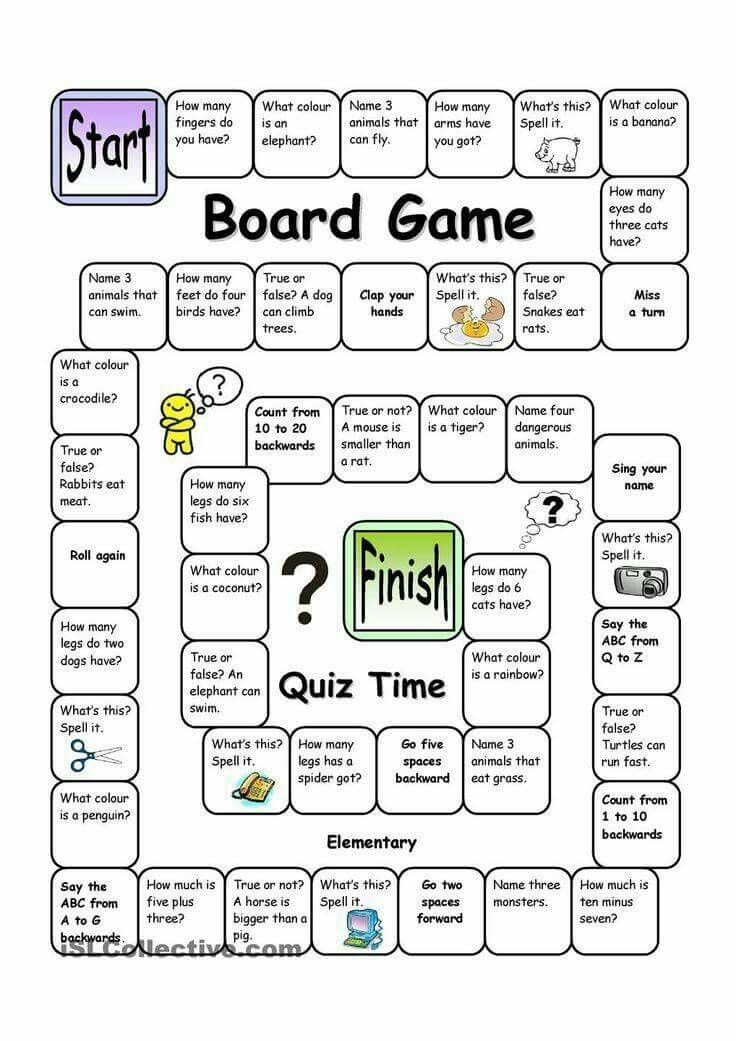
- The image can be displayed on a screen, or it can be passed on to the team that has to identify it.
- The moderator gives the team a chance to guess the name of the bird without clues.
- If needed, he gives one clue at a time, helping the players to guess the name of the bird with as little information as possible.
- Team scores 20 points for identifying the bird without using the clues. They get 15 points if they use one clue, 10 points for two clues and 5 points if they use all the three.
- The game should have at least four rounds so that you get to cover a decent number of birds.
You can create a variation of the game by replacing the pictures of birds with animals.
Related: 8 Reasons Why Teenagers Quit School
7. Hangman Word Game
Hangman is a guess-the-word game that can keep your teenagers excited right from the start. The players have to guess the right word before they exhaust their chances, to score a point.
Number of participants:
Minimum – 2, Maximum – 10
You will need:
- A white board and marker
- Paper and pen for keeping scoreSetup:
Prepare a list of words or phrases from a specific subject of your choice.
How to play:
- The moderator or host will pick a word and draw a blank for every letter in the word.
- Players in the team have to guess the possible letters to fill the blanks.
- If they guess a letter right, they guess again and move on until they get the complete word.
- If they guess the letter wrong, the host draws one part of the stick figure of a hanged man.
- The team gets no more chances after the host completes drawing the figure.
This game makes teenagers judicious while using up their chances and guessing the word correctly. Also, you can make the game about any subject – from math, science, environmental science, history, geography to music, art, and movies.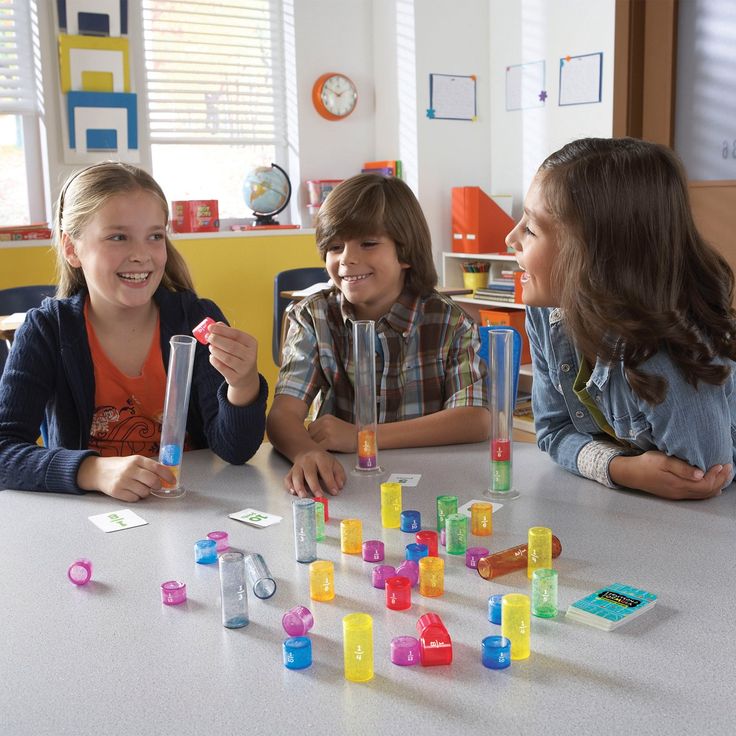
Image: Shutterstock
8. Twenty Questions
Twenty Questions is a guessing game, which can be played anytime, anywhere.
Number of participants:
Minimum – 2, Maximum – 12
You will need:
Paper and pen for keeping score.
Setup:
Create a list of famous personalities about whom your child may have learned in history. Use the names of pop or rock music idols, national leaders and other famous personalities in news.
How to play:
- Divide the participants into teams of equal number.
- The host can select one person from the list of names, and the teams have to ask the right kind of questions to narrow their options and guess the name of the personality.
- The team scores a point if they can guess who the person is before they exhaust the 20 questions.
- If the team fails, the other two teams get one chance each to guess who the person is, based on the questions asked.
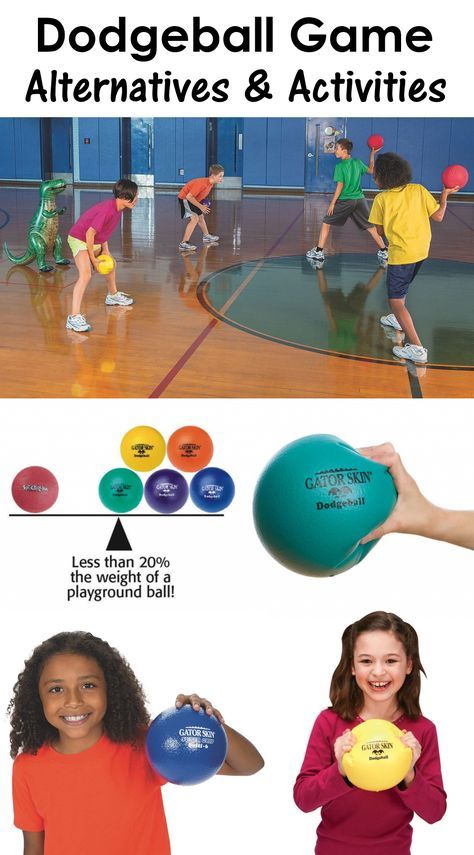
The game teaches deductive reasoning and tests the teen’s knowledge of history and current affairs.
Related: 160 Interesting Icebreaker Questions For Teens
9. Silence
Silence is exactly what the game is about. The game is good for large groups and challenges children to accomplish tasks together, but without speaking to each other.
Number of participants:
Minimum – 10, Maximum – NA
You will need:
- Post-its
- Pens
- A lot of space
- Paper for keeping score
Setup:
Some amount of preparation is required for this game.
- Write down the names of months, days of the week or any other set of words that have to be arranged in a particular order.
- Keep the post-its ready and do not mix them up. For example, avoid mixing up the days post-its with months, to avoid confusion during the game.
How to play:
- Pick up a set of post-its on which you have listed down the names, numbers etc.
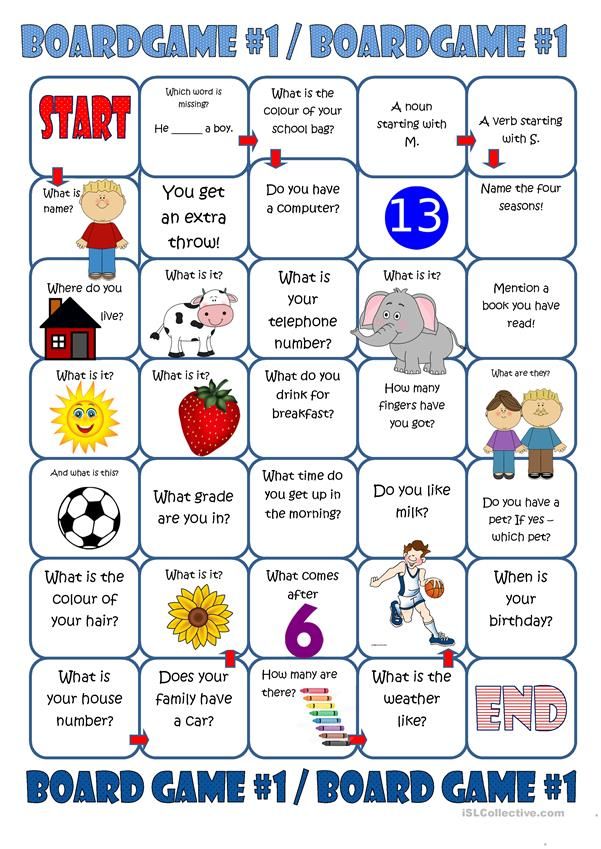
- Give one sticky note each to one person randomly.
- Make sure that no one has more than one sticky note.
- Once the post-its or sticky notes have been distributed, create space in the front for the activity.
- Tell the players that they have to arrange themselves in the right order in as little time as possible. For example, you say: “the days of the week in the right order or reverse order”, and players with sticky notes with the days of the week should move to the front and arrange themselves in that order.
- The trick is to do it without speaking at all.
There is no competition in this game. However, this game helps children develop organizational, co-ordination, and non-verbal communication skills.
10. Chain Reaction
Chain reaction is a simple game for building a teenager’s vocabulary.
Number of participants:
Minimum – 10, Maximum – NA
You will need:
- Sheets of paper
- Pens
Setup:
- Pick a topic of your choice – it can be anything appropriate for teenagers like food items, books, names of people, animals, cities, songs, anything from nature or a specific subject like biology, geography or math.

- Tell the topic or theme to the participants; you can write it on the board if it is in a classroom.
- Give the participants sheets of papers and a pen.
- Ask them to write the alphabet A to Z, vertically.
How to play:
- Give your participants five minutes to create an alphabetical list of words relevant to the theme or topic.
- The game begins when the first person reads out a word he or she has written.
- The next person has to give a word beginning with the last letter of the first word.
- The game goes on until all the letters are covered.
- Players unable to give a relevant word are eliminated.
The game can be repeated as many times as you want with different topics. Chain reaction is one of the best ways to make kids remember and recollect everything they have learned.
11. Pass the ball
The goal of this game is not to be the one holding the ball.
Number of participants:
Minimum – 8, Maximum – 12
You will need:
Football or a stuffed-toy ball
Setup:
- Make the participants sit in a circle, with enough space between each other to pass the prop comfortably.

- Select a host or moderator to observe the game and identify ‘It’.
How to play:
- The person holding the ball is ‘It’.
- The host or moderator asks a question and calls out ‘Pass the ball’.
- As soon as the moderator says ‘pass the ball’, ‘It’ should pass the chicken and answer the question before the prop comes back to him. For example, the host calls out “Name five baseball teams. Pass
- the chicken”, the player has to pass the ball and name five teams before the ball comes back to him.
- Other players have to pass the ball while the player answers the question.
- The player holding the ball at the end of the answer becomes the new ‘It’ and faces the moderator’s next question.
- If the prop comes back to the original holder before he or she can answer the question, they continue to be ‘It’.
This game encourages kids to think quickly and answer to dodge the questions by the host.
12. Conversation Game
Image: iStock
Conversation is a simple vocabulary game that can be played anywhere. It is an interactive game that teaches them the art of conversation.
Number of participants:
Minimum – 2, Maximum – 10 (5 groups of 2 each)
You will need:
A list of words
Setup:
- Create at least five sets of 10 words each.
- Ask the members of the group to sit facing each other.
- A moderator for timing the activity.
- Paper and pen for keeping score.
How to play:
- Give the players a set of 10 words.
- Tell them to use the words in a conversation.
- Give them 10 seconds to think and one minute to complete the conversation.
- Participants have to use the listed words in a meaningful way.
- If players fail to use all ten words in their one-minute conversation, they don’t score anything.
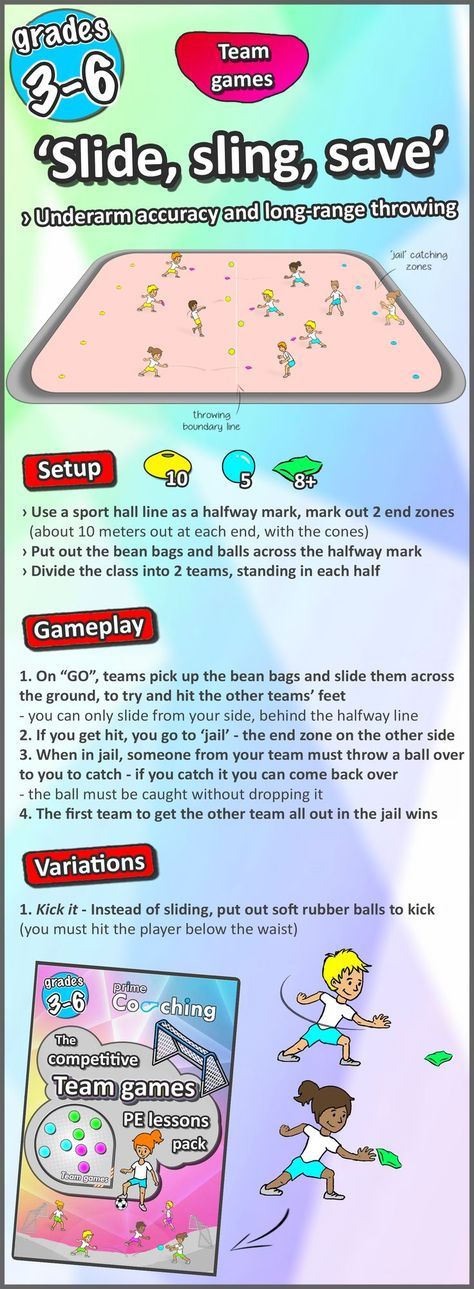
This game helps to teach kids how words can be used in different contexts in a conversation.
13. Trivia
Image: iStock
Trivia is an all-time favorite among kids and adults.
Number of participants:
Minimum – 4, Maximum – 8
You will need:
- A set of questions on the chosen topics, along with the right answers and some information about it.
- Paper and pen for keeping score.
Setup:
- Create a list of easy-to-understand questions that your teenager may know the answer to.
- Questions can be from their school subjects, general awareness, current affairs, politics, music or any other topic that your teenager is familiar with.
How to play:
- Form four groups of two.
- The game begins with the host or moderator asking the first team a question.
- If players in the team answer the question correctly, they score a point, and the next team gets to answer a new question.
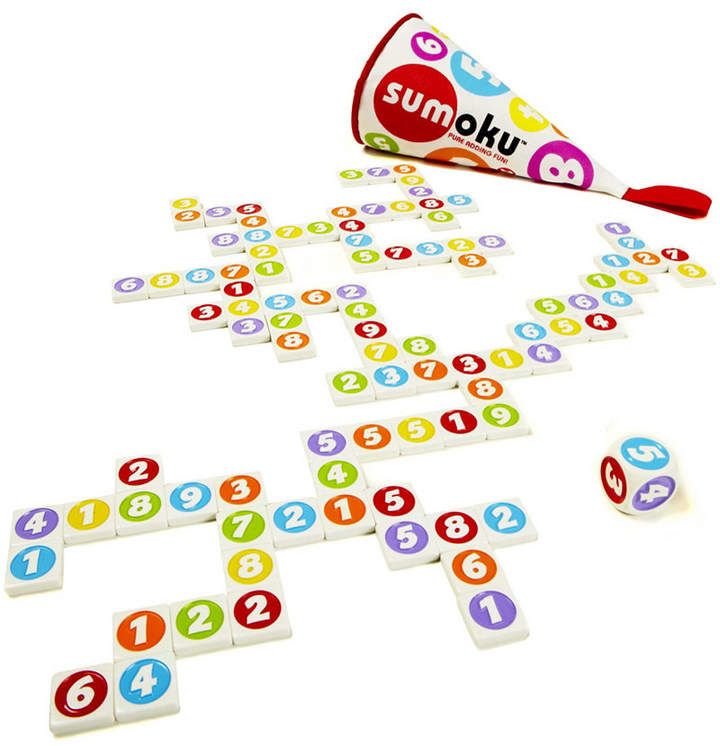
- But if the team fails to answer the question, it passes on to the other team. The team that answers the question gets the point.
- You can have as many questions as you want.
Related: 21 Strong Yet Smooth House Rules For Teenagers
14. The Human Knot
The Human Knot can be played in your backyard or inside a classroom.
Number of participants:
Minimum – 6, Maximum – 10
You Will Need:
- A timer
- A lot of space for accommodating a circle of people.
Setup:
The game needs a moderator who understands how the Human Knot works and who can guide the participants through the activity. So prep yourself with all that you need to know about the Human Knot and be ready to answer any questions that your teenagers may have.
How to play:
- Arrange the group in a circle.
- As soon as the moderator says go, the children have to join their right hand with that of the person opposite them.

- Then, ask them to join their left hand with someone else’s hand.
- Ensure that they do not hold their neighbor’s hands.
- The objective is for them to untangle the knot without breaking the chain.
The Knot develops the teenager’s problem-solving abilities. It is an excellent game for a field day.
15. Math Quiz
This is a fun way for teenagers to brush their math.
Number of participants:
Minimum – 4, Maximum – 8
You will need:
- A set of questions from math.
- Paper and pen for keeping score.
Setup:
- Collect math and quantitative aptitude questions.
- Make sure that the questions are clear and easy to understand.
- Try to include real life scenarios in the questions to make it relevant.
How to play:
- Math Quiz is similar to trivia, except that it is dedicated to quantitative abilities.

- Ask the teams a question and let everyone work on the problem.
- Give the teams at least one minute to come up with the answer.
The idea is to encourage teenagers to rely on their quantitative abilities instead of using electronic calculators.
Online Educational Games
Image: iStock
Teenagers can also play a variety of educational games online. From something as simple as trivia on different subjects to crosswords and complicated stimulation games, there are hundreds of online educational games for teens.
16. Climate Challenge
Climate Challenge is an online educational game designed by the BBC. The focus of the game is climate change, which is a major cause for concern for world nations. The game’s tag line is “Earth’s future is in your hands”, which gives children a sense of responsibility and makes them aware of their role.
You will need:
- A computer or laptop
- Internet connection
- Flash Player 8 installed on your system
Setup:
No setup is required for this game.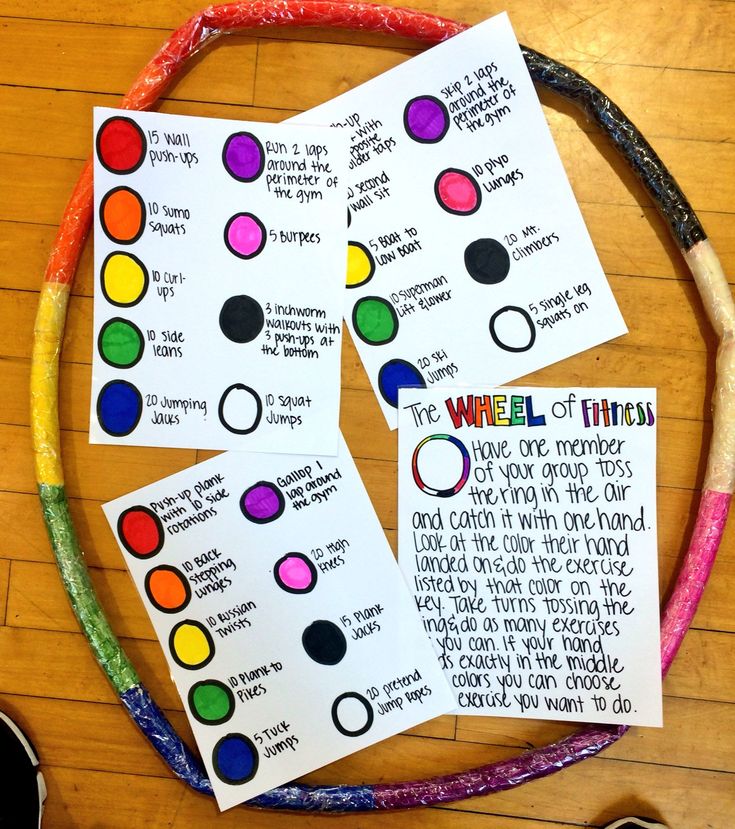 Your teen can play Climate Challenge here.
Your teen can play Climate Challenge here.
How to play:
- The player has to don the role of the president of the European Union and figure out ways to deal with catastrophic events that are threatening the global climate.
- The game has policy cards which are taken from real policies for minimizing carbon dioxide emissions. The statistics used in the game are also taken from actual records.
- While tackling the man-made and natural disasters that may or may not affect the climate, the player should also implement or change policies to stay popular among the nations and citizens.
- The game is challenging in the sense that the player has to strike a balance between doing what is good for the environment and also addressing the voter’s needs.
The game includes details from real-life studies wherever possible, but is not necessarily an accurate prediction of how the climate is going to change. Nevertheless, it is a great online game that introduces young adults to the hottest topic among environmental scientists: climate change and why it is bad.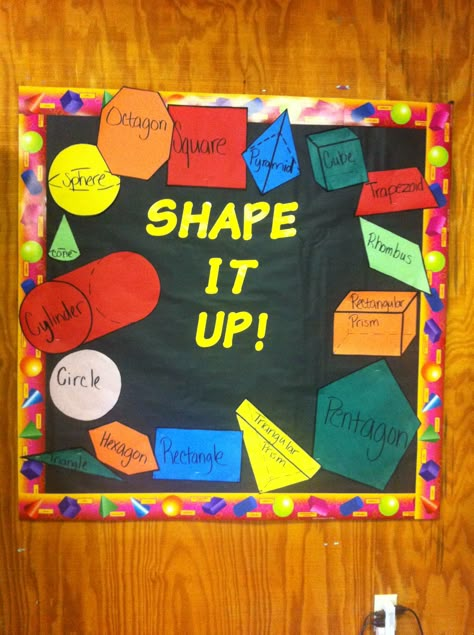
17. Operate Now: Arm Surgery 2
Does your teen show a keen interest in medicine? Then he may enjoy Operate Now: Arm Surgery 2. The interactive game takes the player through the many steps involved in fixing a broken arm.
You will need:
- A computer or laptop
- Internet connection
Setup:
No setup is required for this game. Your teen can play Climate Challenge online.
How to play:
- It is your first day at the hospital and the head nurse greets you.
- Throughout the game, the player interacts with the head nurse to answer questions, select the right tools and diagnostic procedures to treat a patient with a broken arm.
- The game does not show the actual procedure performed by doctors, but tells you enough to understand how a surgeon fixes a broken arm.
Arm Surgery 2 can be played on a number of online gaming sites. The game is simple, fun and gives you an idea of what happens behind the scenes during an arm surgery.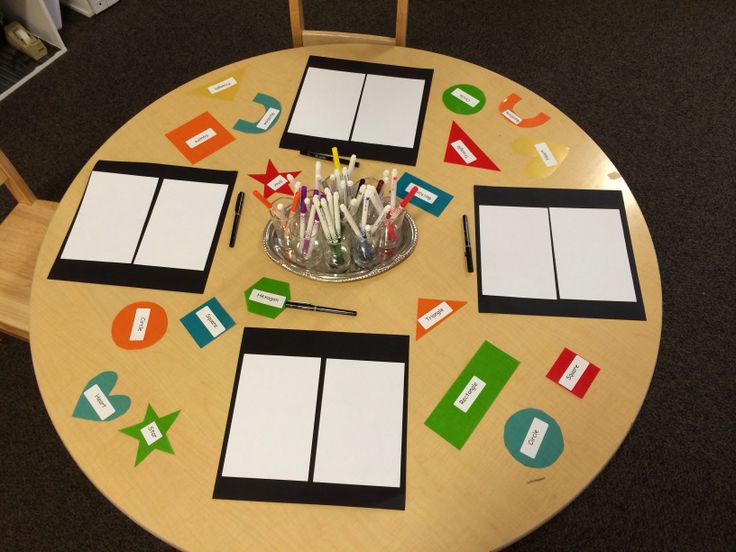
Top 6 Educational Activities For Teens
In addition to games, educational activities and little experiments can be used to make learning fun for teenagers.
18. Geometry Scavenger Hunt
Geometry is not an easy subject to love. If you want to get your teenager interested in it, the Geometry Scavenger Hunt is a brilliant activity you can rely on.
You will need:
- A camera per person/teen.
- List of geometric shapes, terms for each participant.
Setup:
- Give clear instructions to the children about their objective.
- Emphasize the importance of following instructions to achieve the objective.
What to do:
- Math Quiz is similar to trivia, except that it is dedicated to quantitative abilities
- Ask the teams a question and let everyone work on the problem
- Give the teams at least one minute to work on the problem and come up with the answer
- If a team can’t answer, the question passes to another team.
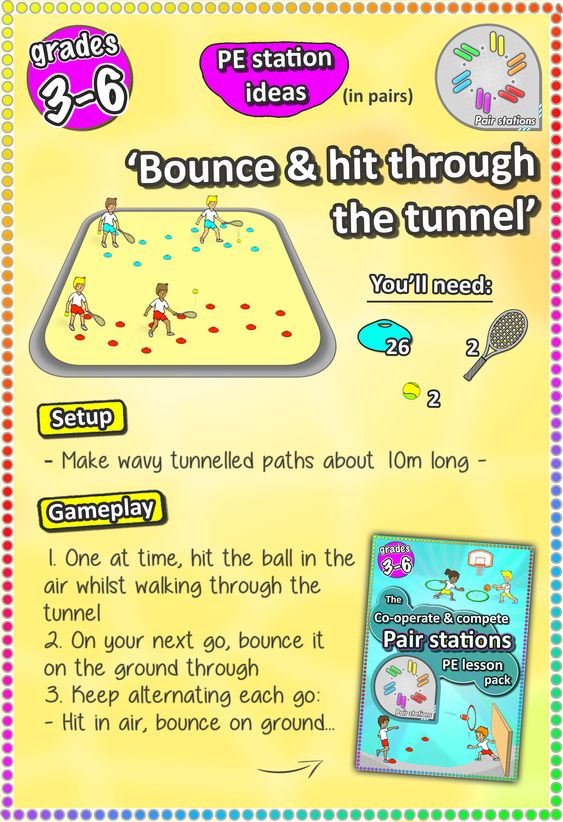
19. Record The Natural World
Image: Shutterstock
Worried that your teenager is playing too many video games? Here is an educational activity that will encourage him to go outdoors and explore the wonders of nature.
You will need:
- Water color paper.
- Water colors.
- Pencils for drawing.
- Eraser and sharpener.
- Specimens like leaves, flowers, trees, bushes, etc. that they can see and draw.
- Containers for water colors.
Setup:
- On the drawing paper, write down the name of the specimen, date, and classification for reference.
- You may want to take your teen to a park or a garden where he can take a close look at the specimen and reproduce it on paper.
What to do:
- Ask the kid to look at the specimens closely and make a note of the details – the lines, the number of branches, the geometric shapes, the color and the texture.
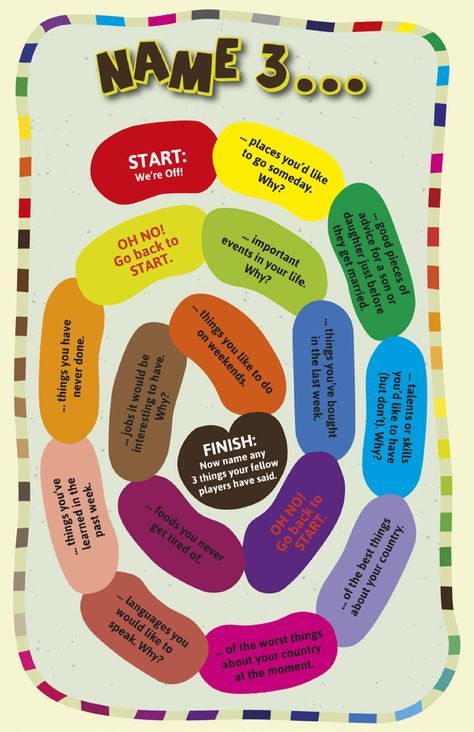
- Ask him to create a rough outline of the specimen first and then move on to the finer details.
- Give them enough time to do that – may need an hour or more.
- Once they are done with the drawing, they can use the water colors to give them the natural colors.
This activity can create an interest in nature and also encourage them to develop their sketching and painting skills.
20. CSI: Get The Fingerprints
If your teenager is into solving mysteries, he or she will love this activity. It teaches them the simplest ways to get fingerprints from anything.
You Will Need:
- Pencil
- Clear tape
- Cornstarch or talcum powder
- Piece of white paper or index card
- Makeup brush or paint brush
- One drinking glass
- Magnifying glass
- Cocoa powder
Setup:
Let your teen use household objects and areas for this little project.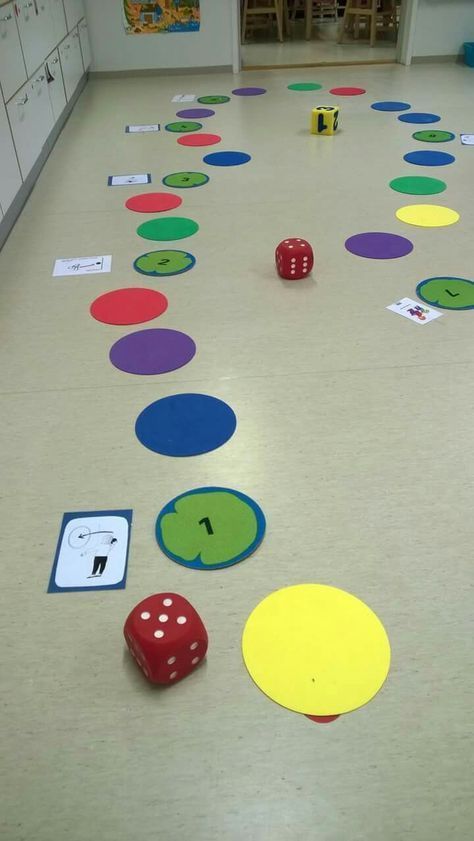
What to do:
- The easiest way to get someone’s fingerprints is to rub the pencil over one part of the white paper and use it as a stamp pad. Press your fingers on the pencil stamp-pad and then on a white paper or an index card to read the prints.
- Take a drinking glass or any other object with your fingerprints. Make sure you have used it a few hours or a day before.
- Ask your teenager to use a magnifying glass to find and look at the fingerprints and research online about what makes them unique.
- They can also dust for fingerprints, as they do in movies and TV shows, using powders. Sprinkle a little corn starch or talcum powder if the surface is dark and cocoa powder if the surface is light-colored. Blow off the excess powder or use a brush to dust it off to see the fingerprints clearly.
- Your teen can also peel off the fingerprint using a clear tape and paste it on an index card or white paper.
This is an interesting activity that introduces forensics to your teenager.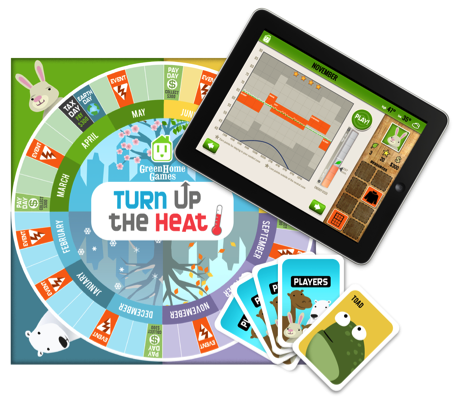
21. Physics Made Fun With Cartoons
Help your teenager learn the laws of physics with this fun game.
You will need:
- TV
- Cartoon shows
- Stopwatch
- Calculator
Setup:
- This activity can be conducted right in your living room.
- Create a list of physics concepts that your teen may have learned in school.
- You will have to be familiar with the laws of physics that you want to discuss with your child.
- Road Runner and Looney Toons are ideal for this activity.
What to do:
- Select the concepts that your child has learned at school.
- Watch a few cartoons together and ask your teenager what laws of physics have been applied in the cartoon character’s actions.
- Discuss what is real and what has been exaggerated.
- See if your teen can calculate a different variable based on the physics equations they have learned at school.
 For example, ask the teen to time Daffy Duck’s or Will E Coyote’s fall from a cliff. And then ask them if they can derive the distance based on the time it took them to fall.
For example, ask the teen to time Daffy Duck’s or Will E Coyote’s fall from a cliff. And then ask them if they can derive the distance based on the time it took them to fall.
This exercise can be great to brush up basic formulas of physics, which your teen is likely to learn in middle and high school.
22. The Monty Hall Problem
The Monty Hall Problem teaches your kid about probability.
You will need:
- Sheets of paper with the problem
- Pens
Setup:
- This activity can be conducted at school or home.
- Ideal for groups as it allows for debate.
- The host or moderator should have a good understanding of the problem to be able to explain it to the kids.
What to do:
- Give them the Monty Hall Problem on a sheet of paper. You can get it online.
- Tell the kids that there are three doors and only one of them has a car behind it.
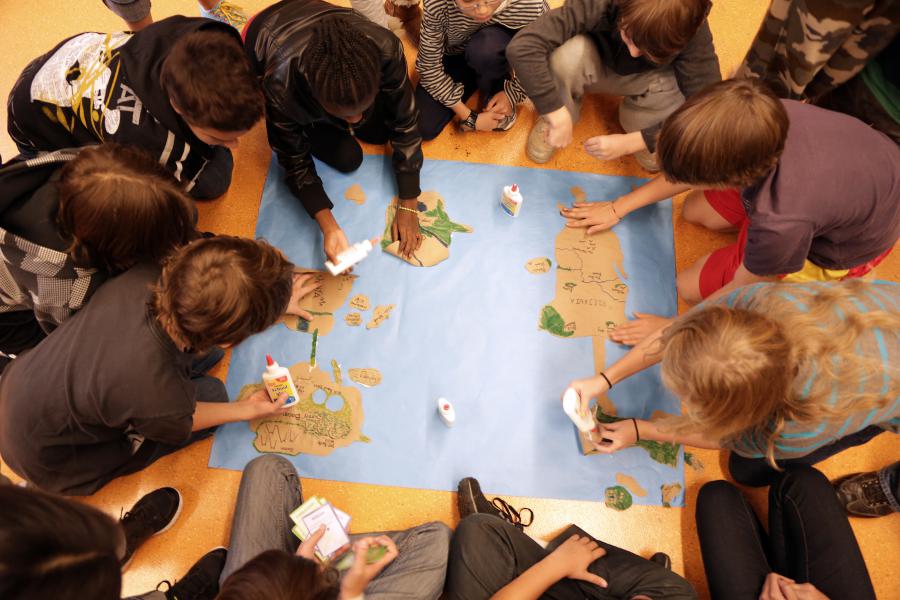
- Ask them what the probability is of getting the car. The answer should be 1/3.
- Now tell them there is a goat behind the first door.
- Ask them the probability of picking a door with the car behind it. They should say that it is 2/3, which means they have a better chance of winning in this round.
Children may say that that the probability of picking the right door the second time is ½, which is wrong. This is a good example to help them understand the concept.
23. Trace The Shadow
This is a fun game that can be played outside. The game is about the movement of light, usually sun, and how the position changes the angle in which the shadow falls.
You Will Need:
- A plastic bottle – should not be transparent
- Sheets of paper
- Pencil
Setup:
This activity can be conducted only on a sunny day.
What to do:
- Place the sheet of paper on a table or a bench in the park on a sunny day.
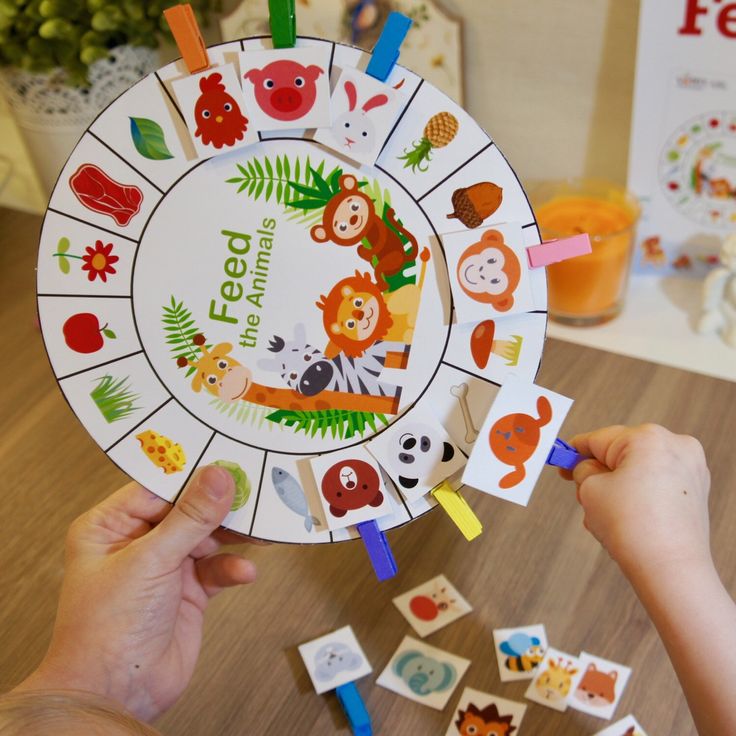
- Place the bottle in the center of the sheet and ask your teen to trace the shadow of the bottle with a pencil.
- Do the same after a couple of hours, with the paper and the bottle in the same position. This time, the shadow falls on a different part of the paper.
- Do this three or more times – this will enable your kid to tell where the sun is, based on the shadow of the bottle.
- Make a note of the time each time the child traces the shadow.
This is a simple, yet effective way to help your child determine what time of the day it is based on the position of the sun and where the shadow falls.
Making education fun can help engage teenagers in studies. Educational games for teenagers help them develop several essential skills. These activities will help your teen get excited about learning. If teenagers find something that interests them, they will dig up the subject until they know all about it. So, go through this list of interesting educational games and pick the one that best fits your teen’s interests.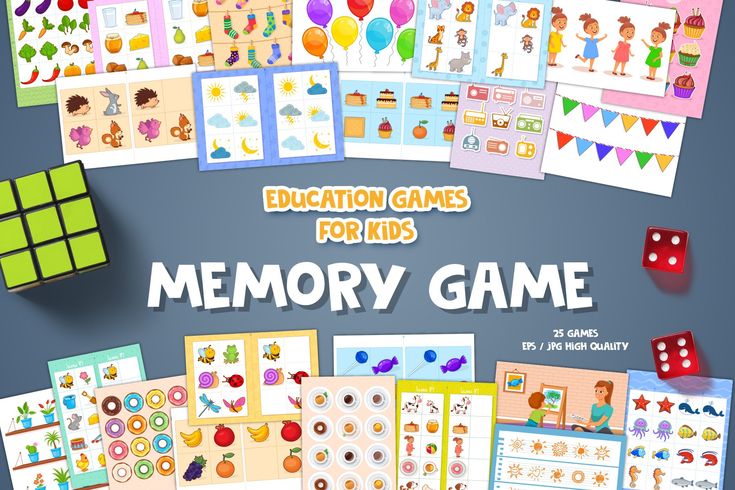
The following two tabs change content below.
- Author
Harshita is a graduate in commerce and holds a PG Diploma in Patent and Copyrights Law from NALSAR University. She has also pursued CA and has more than three years of internship experience in auditing. Her love for travelling has taken her to various parts of the world, and writing the travelogues was what brought out her love for content writing....
View Profile ›
The idea of a learning game for schoolchildren / Habr
Good reading time, dear habrahabr.ru participant.
There are often publications that computer games interfere with learning at school. I propose to evaluate the idea of a game that simulates testing in the classroom and allows you to prepare in accordance with the curriculum.
The form is similar to "Who wants to be a millionaire", but is designed to prepare schoolchildren / students for tests in a playful way.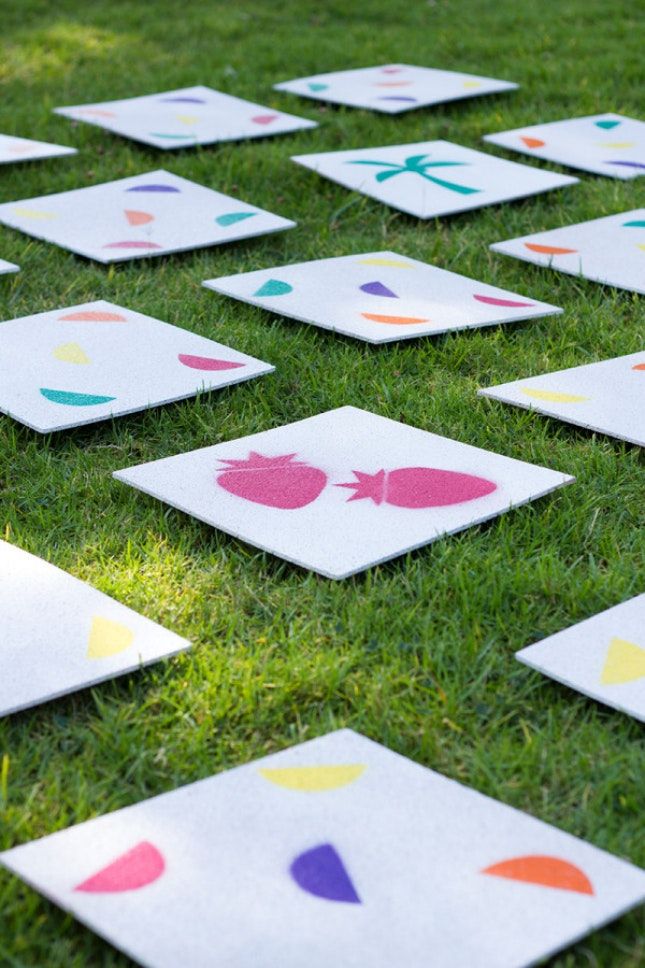 Questions and answers are taken from school practice, the Unified State Examination, the GIA. The question can be asked from 3 to 9answers, depending on the score requested in advance by the player when preparing the question.
Questions and answers are taken from school practice, the Unified State Examination, the GIA. The question can be asked from 3 to 9answers, depending on the score requested in advance by the player when preparing the question.
You may receive a hint "remove 2 wrong answers", "view the lesson".
The "right to make a mistake" hint is always available, but each such hint reduces the resulting scores.
Ways to improve playability are suggested below under the article "Secrets of game development: 47 game mechanics from SCVNGR":
Achievements /Achievement
- calculation of the total amount
- the ability to add a question when answering 5
Mechanics of an appointment / Appointment Dynamic
— annual degradation of results
Avoidance
- Penalties for using hint
- depreciation
- punishment for an incorrect answer
Behavioral Contrast
- increase in the cost of tips with an increase in level
Behavioral Momentum / Behavioral Momentum
- improving school performance
Effort reward / Blissful Productivity
— calculation of winning streaks without errors
Cascading Information Theory
- division into classes and quarters
Event chains / Chain Schedules
- identifying the presence of basic knowledge to ask more complex questions
Joint research / Communal Discovery
- Brainstorming for 9 riddles0003
Cross-Platform / Companion Gaming
— implementations for platforms
Random event / Contingency
- tasks of increased complexity
Countdown / Countdown
- reward for answering within 1 minute
Combined rating of winners / Cross Situational Leader-boards
— unified scoring
Disincentives
— simplification of the payment scheme for services
- quick wit tasks
- degradation of points scored by 1% per year
Endless Games / Endless Games
- expansion of specializations
Envy / Envy
— communities by groups
Epic meaning / Epic Meaning
– participation in expanding the range of issues
— correlation between answers to questions
Non-reward / Extinction
- limitation on the duration of participation in selected classes
Fixed Interval Reward Schedules
- reward for correct answers to all questions
Rewards for a certain chain of actions / Fixed Ratio Reward Schedules
— location of questions in the knowledge tree
Free lunch / Free lunch
- payment for tips at the same time for yourself and other players
Fun once - fun always / Fun Once, Fun Always
- exam tickets from a set of questions
Interval Reward Schedules
- premium tips after a certain amount or questions
Lottery / Lottery
— selection of questions
Loyalty / Loyalty
— avatars
- awards for long service
- Hall of Fame
Meta Game / Meta Game
— vacation olympiads
Micro-competition / Micro Leader-boards
— Olympiads for speed
Modifiers / Modifiers
— benefits for paid hints for all
Moral Hazard of Game Play
- performance in a real school
Private property / Ownership
— consultant diploma
Pride / Pride
- rating is the highest for all time
Personal life / Privacy
— public number of added questions and answers
User progress / Progression Dynamic
- graph of changes in estimates over time
Ratio Reward Schedules
– publication of the actual year of study
— congratulations on your birthday, anniversary
Rewarding the player "here and now" or after a period of time / Real-time v.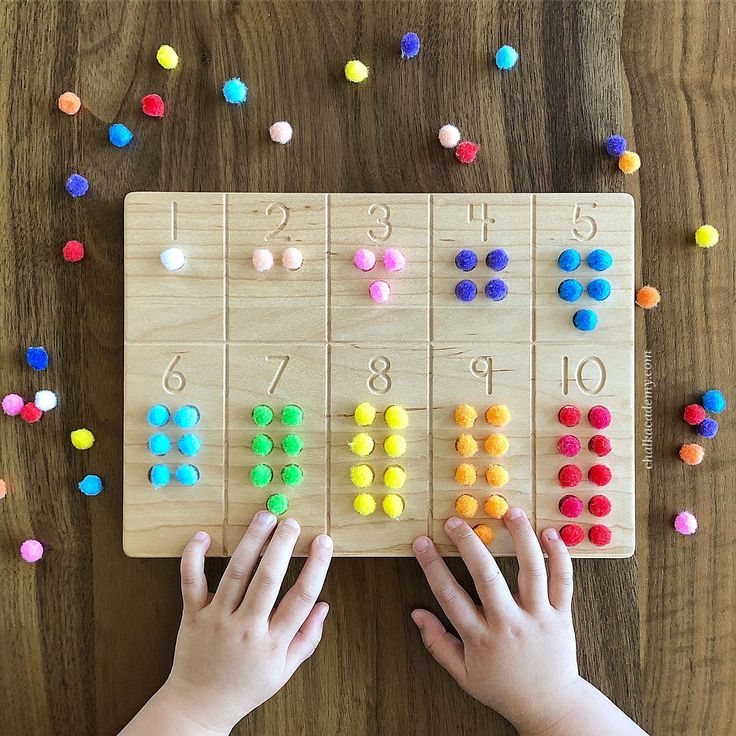 Delayed Mechanics
Delayed Mechanics
- place for quarter and year
Reinforcer / Reinforcer
— titles in the game
Response to the event / Response
— the fastest response in a day
Reward Schedules
— image of diploma
Distribution of real prizes / Rolling Physical Goods
- receiving a prize at school
Illusion Game / Shell Game
- choice for a hint of two incorrect answers
Social component of games / Social Fabric of Games
- tasks for a group with distribution of roles
Status / Status
— natural division by age groups, educational institutions
Urgent Optimism
- Challenging for the Academic Year Title
Variable Interval Reward Schedules
- the ability to increase your status throughout your life in various subjects
Rewards for the implicit chain of actions / Variable Ratio Reward Schedule
- a chain of tasks for the formation of a specific skill
Viral Game Mechanics
— the base of the game is increased by the players themselves
Virtual Goods
- the possibility of independently coming to discoveries, inventions
I ask the participants to suggest ways to make such a game more interesting.
How to find an idea for a game — Pixonic on vc.ru
On the example of a knight with a shovel — the first article in a cycle about game design.
131 219 hits
Author: Vadim Charugin, Master of Applied Mathematics. In his senior year, he joined Pixonic as a junior game designer. Now he is the lead game designer on the War Robots project.
You are determined to start making your first game. First you need to ask yourself the question: “What is my goal?”. The answer can be different - from getting initial experience to creating a hit with a multi-million audience - it's better to record it somewhere right away.
Now we need to decide on an idea. Suppose you don’t want to make a new Skyrim in a post-apocalyptic setting. Then, realizing the full range of opportunities that have opened up, it can be difficult to decide what to take on.
In the first article of the series, I will tell you how to come up with a couple of ideas for the game, and which one to choose.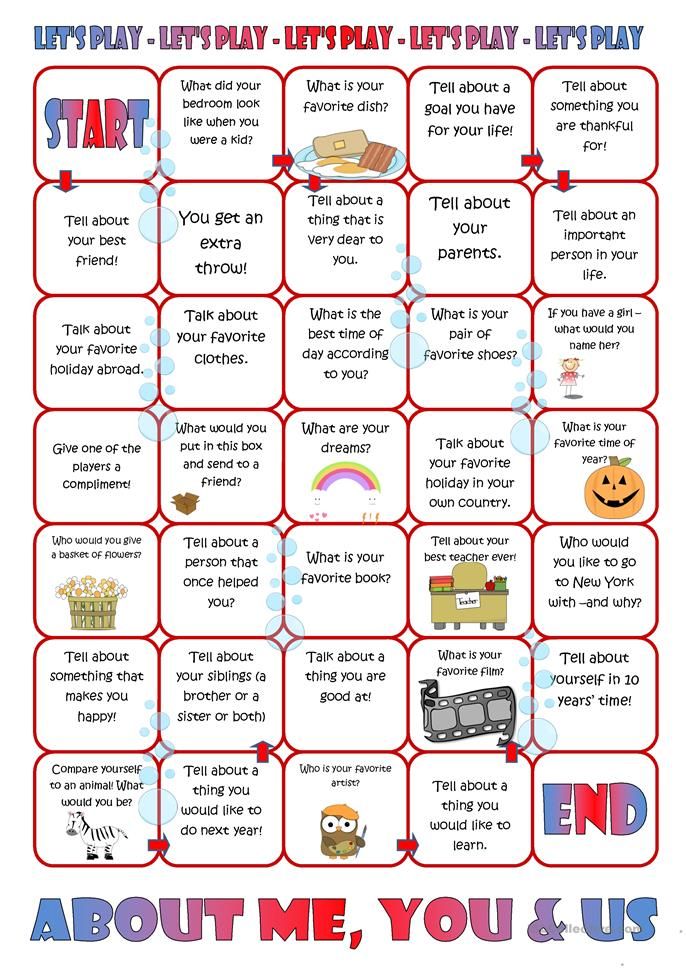 But first you need to limit yourself to at least some kind of framework.
But first you need to limit yourself to at least some kind of framework.
Step 1. Evaluate the possibilities
Creation of a large, serious project requires: an experienced team, several months (or even years) of development and a lot of money. In a word, not our case.
On the other hand, a few weeks of hard work and good motivation will be enough to achieve the first results in game development - understanding this will simplify further idea selection.
What else is worth paying attention to at the very beginning:
- Command size. Don't go it alone to create a new World of Warcraft. But even one person can make an exciting platformer. For example, UnEpic.
- Gaming experience. Perhaps you have been playing Tower Defense all your life and counting creep waves is not a problem for you? Then you should think in this direction. Or you are in the top on the Korean League of Legends server - then it will not be difficult to come up with interesting abilities for the characters.
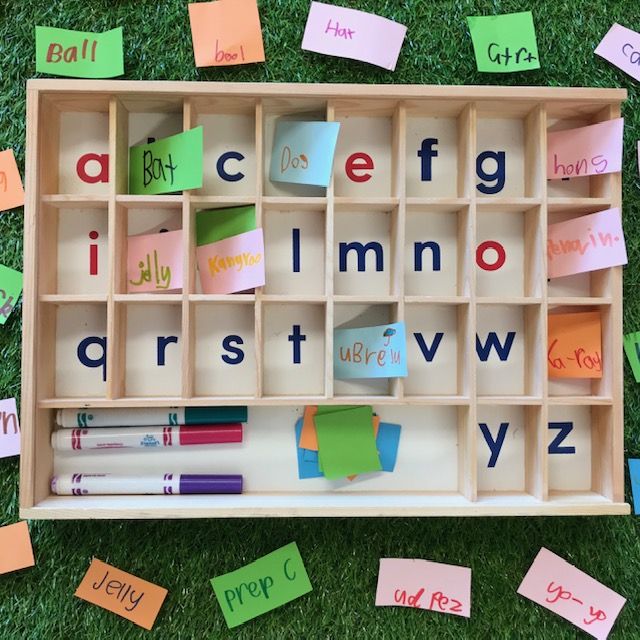
- Professional experience. In addition to "you know how to program - you take it and do it", there are many other useful skills. Are there good texts? You can do a text quest. Do you know how to draw manga? This will come in handy when working on interactive novels.
- Time. The less development time there is, the easier the game should be. Especially if it is the first one, and it is developed by one person or a small team. You can always add new elements later.
It took Francis Tillez de Meneses 2 years to single-handedly make UnEpic
Now, based on existing restrictions and desires, you need to select the genre of the new game. This will allow you not to waste time and energy on studying other areas and quickly move directly to development.
For the first time, it's better to forget about the multiplayer component and look at platformers, match-3, rogue-like, scrolling shooter or something like that. There are many tutorials for them (for example, the official Unity introduction course). These genres are the fastest to prototype and will be the easiest to scale up with new levels and mechanics.
There are many tutorials for them (for example, the official Unity introduction course). These genres are the fastest to prototype and will be the easiest to scale up with new levels and mechanics.
If you still can’t choose a genre unequivocally, you can stop at a few that are interesting
Step 2. Looking for ideas
The circle of opportunities for a new game is already shrinking significantly. Now about specific methods for finding ideas for a project.
Playing
Finally, we can say that you are not having fun in vain, but are looking for an idea for a new game that will bring millions. The most important thing is to look at games from the point of view of a game designer. That is, ask yourself the question “why?”.
Why doesn't the player immediately get the sword in Legend of Zelda?
The moment of receiving it is a great joy for the player and more involved in the game.
Why do Worms games have weapons that are not affected by wind?
Not all players are able to correctly consider its direction.
Why does Enter the Gungeon have a starter hub?
It allows you to get comfortable with the control of different characters without the risk of death or loss of health.
There is usually more than one reason - answers can be found during discussions with other people, as well as in the development diaries.
If the gameplay is too addictive and you can't analyze it, you can study and compare how other people play. For any game you can find videos on YouTube or streams on Twitch
Let's say we decided to make a 2D platformer, and in the process of looking for references, we stumbled upon Shovel Knight. You need to think about why the first level there is filled with an atypically large number of elements - a battle with a dragon, a room with soap bubbles and an abyss.
Shovel Knight
They get used to the physics of the game and show the player the basic mechanics of shovel jumping, which is required to progress through later levels.
With this in mind, you can think of your own idea for a unique movement mechanic and how to apply it.
Compare
The industry is constantly evolving, new projects come out every day. If you do not try to track these changes, you can miss important points.
Now there are many projects in any genre. Some are considered cult, others have become hits. They are worth seeing. Interested in the genre of tactical games? Knowing XCOM is not enough, there are also Battle Brothers, Atlas Reactor, Into the Breach, Jagged Alliance and Xenonauts.
Hits are easy to find on Google for “top 10 [genre name] games on [platform name]”, and financially successful projects can be viewed on SteamSpy, App Annie and mobile store grossing tops
It is useful to compare games of the same genre that were released with a short period of time, and projects with a release difference of several years.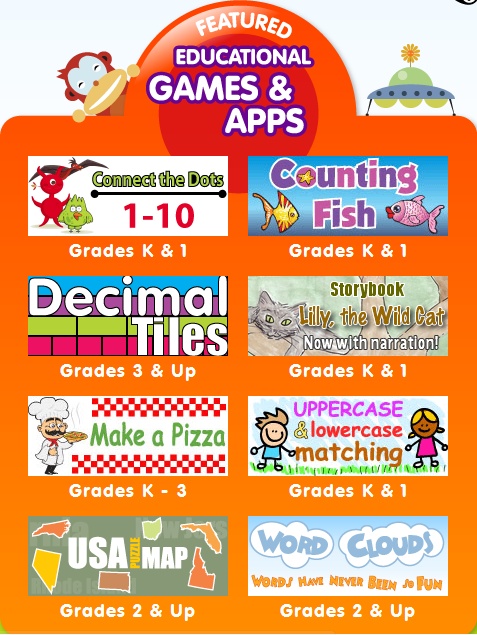 It is especially interesting to compare the changes in games of the same series or of the same genre with a few years of difference. But within reasonable limits - it hardly makes sense to compare Fallout 2 and Fallout 4.
It is especially interesting to compare the changes in games of the same series or of the same genre with a few years of difference. But within reasonable limits - it hardly makes sense to compare Fallout 2 and Fallout 4.
Experimenting
Do not do everything according to the canons. There are many interesting projects with bold ideas. Tactical combat + visual novel + Nordic setting? The Banner Saga. Survival + resource management + dramatic theme? This War of Mine. Turn-based 2D side-scrolling strategy game? Steamworld Heist. We take as a basis the mechanics that are interesting for ourselves and add others, change the visual appearance, send it to an unusual setting.
Step 3. Making a choice
Now we have a whole bunch of ideas, we have identified our strengths and weaknesses, we have played a million hours in all the games accumulated on Steam and even sorted them into cubes. How to deal with all this and choose one thing? Tighten selection!
Here's what to do after reading:
- Describe good ideas.
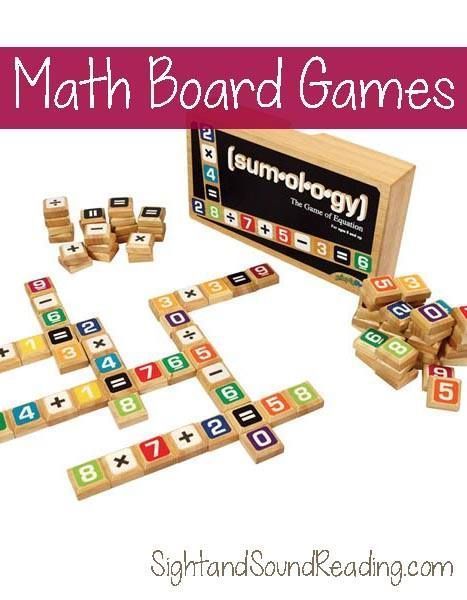 There is no need to describe the whole game in full - it is enough to tell about the genre, the main gameplay and what the project will interest the players in a few sentences. If you want to add references from other games.
There is no need to describe the whole game in full - it is enough to tell about the genre, the main gameplay and what the project will interest the players in a few sentences. If you want to add references from other games.
Some ideas will not add up to the game, they can be excluded in favor of those that are easier to describe
- Assess what they need. How complex is the idea and how long will it take to implement it? What elements of the game should be in the first prototype, and what can be discarded? Experience in valuation will certainly come in handy in the future, even if the first assumptions turn out to be wrong.
- Select. We arrange ideas according to the level of complexity of their execution. It’s worth starting in game development with the simplest ideas - this way you can quickly gain development experience and fill your first bumps.

Learn more


